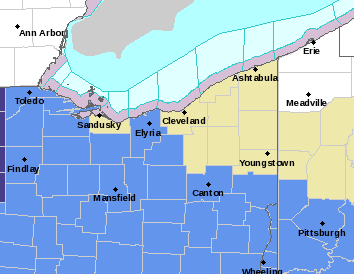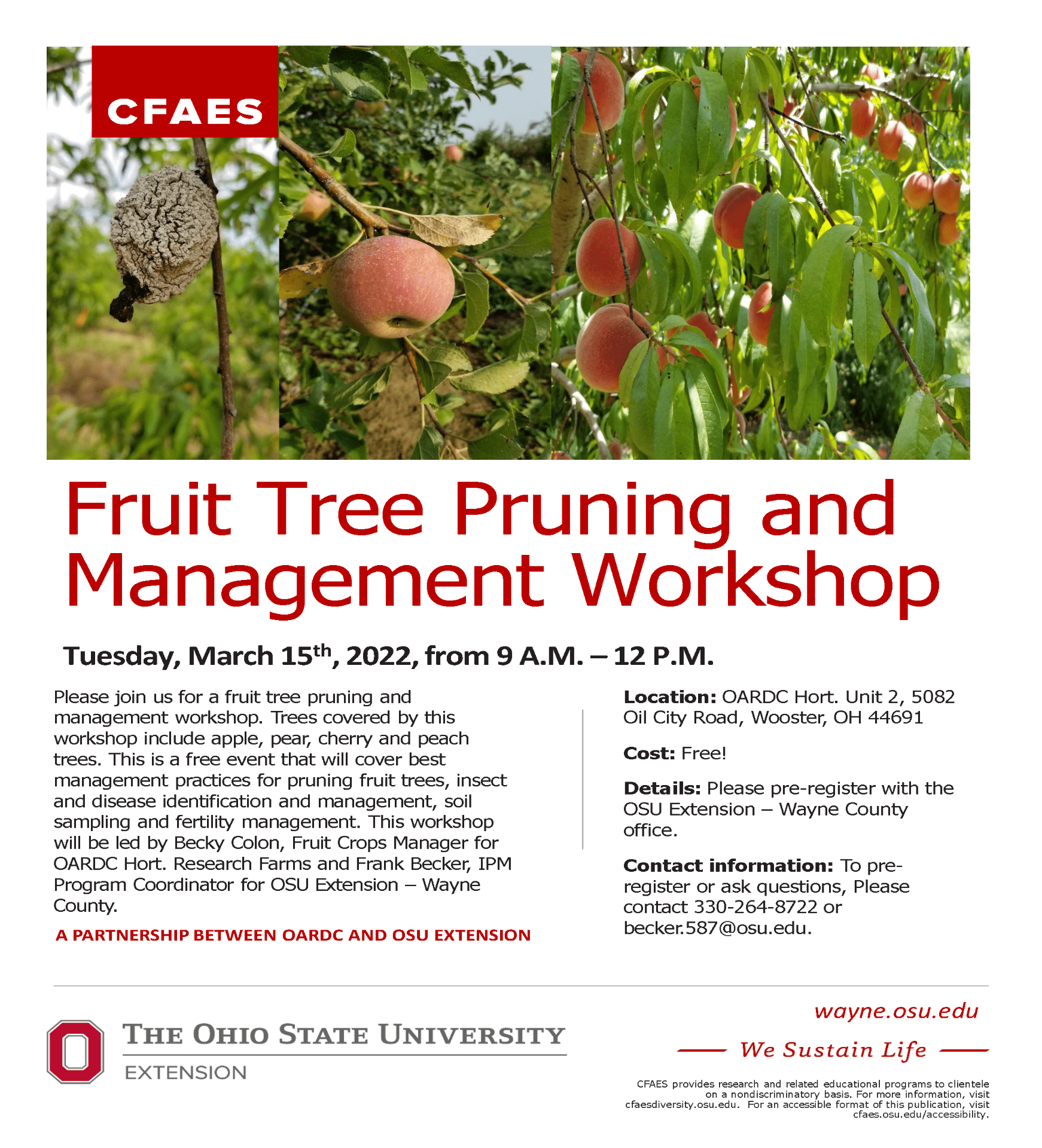Cucurbit Downy Mildew has been confirmed today (July 2nd, 2024) in Ohio, specifically in Medina County. The observation was made by area growers and the Wayne County IPM Program, and was confirmed by the C. Wayne Ellett Plant and Pest Diagnostic Clinic at the OSU CFAES Wooster Campus. This is almost an entire month earlier than when it was first found in 2023. Western New York had several confirmed cases during the last week of June and southern Michigan has a confirmed observation that was reported today, July 2nd, 2024. The 2 farms outside of Homerville, OH, where samples were taken from ranged in severity and incidence, with one farm having a severe, mature infestation, and the other in the very early stages of disease development and progression.
Growers who have cucumbers and cantaloupe in their fields should take quick action to protect their crop. Cucurbit Downy Mildew is best managed with preventative applications before infection takes place. Once visual symptoms appear, control becomes increasingly difficult and yield reductions may occur. In conditions favorable for disease development, and without effective and timely management, Cucurbit Downy Mildew can cause rapid decline of the plant, severe defoliation and ultimately plant death in just the matter of days. Disease development is favored by rainy, humid conditions (relative humidity greater than 85%) and cooler temperatures ( 60°F to 70°F)
According to research trials completed in Ohio, Michigan, and other states and provinces around the Great Lakes region, the best fungicide options are as follows: Orondis Opti (FRAC 49+M05), Ranman (FRAC 21), Omega (FRAC 29), Previcur Flex (FRAC 28), and Elumin (FRAC 22). These should be tank mixed with chlorothalanil (Bravo, Equus, etc.) or mancozeb (Dithane, Manzate, etc.). Orondis Opti is a premix already containing chlorothalanil, but at a reduced rate. Fungicides have restrictions on how much product can be applied and how often, so follow the label, the label is the law. The more effective fungicides should be rotated to avoid resistance development in the pathogen.
Growers in Ohio should also intensify scouting of cucumbers and melons. Look for yellow or tan angular lesions delimited by veins on the top surface of leaves, and fuzzy grey/brown growth on the undersides of the lesions. With a good hand lens or a smartphone camera with high magnification you may be able to see small dark brown/purple spots within the fuzzy growth. These are the spores of the downy mildew pathogen. You can also utilize the Cucurbit Downy Mildew IPM Pipeline website, where you can sign up for alerts notifying you of nearby confirmed Cucurbit Downy Mildew observations.

Microscope view of Cucurbit Downy Mildew, where the individual, lemon-shaped, sporangia can be observed, F. Rotondo.
If you suspect downy mildew in cucumber or melon please submit samples to the C. Wayne Ellett Plant and Pest Diagnostic Clinic (CWE-PPDC) for confirmation. Instructions for sample submission are here. Please contact Dr. Francesca Rotondo at 330-263-3721 or rotondo.11@osu.edu with any questions. You can also work with your county extension educator to get samples submitted to the lab. A major ‘thank you’ to Dr. Rotondo and her staff in the Plant and Pest Diagnostic Clinic for their critically important work! Also, thanks to financial support from the Ohio Produce Growers and Marketers Association’s Ohio Vegetable and Small Fruit Research and Development Program, there is no fee for this service for Ohio vegetable growers. Please find additional information on Cucurbit Downy Mildew here from OSU and Michigan State. 













